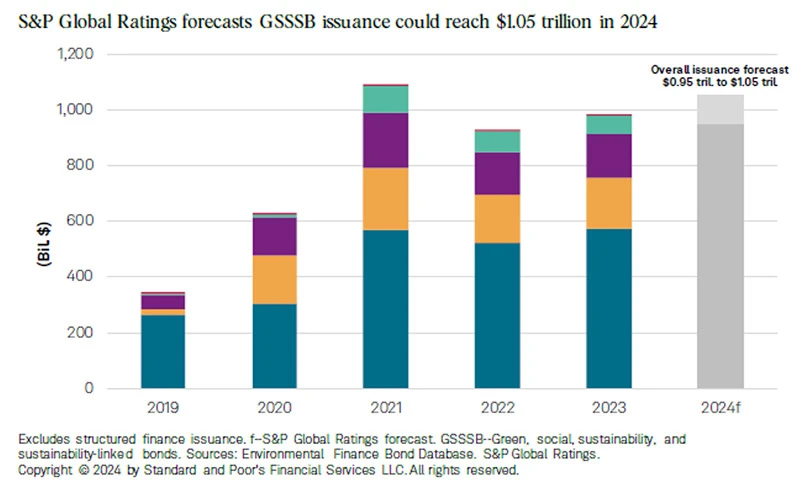Disclaimer
This page is intended for US prospects, clients and investors only and includes information about the capabilities, staffing and history of Robeco Institutional Asset Management US, Inc. (RIAM US) and its participating affiliates, which may include information on strategies not available in the US. US Securities and Exchange Commission (SEC) regulations are applicable only to clients, prospects and investors of RIAM US. Robeco BV, Robeco HK and Robeco SH are considered a “participating affiliate” of RIAM US and some of their employees are “associated persons” of RIAM US as per relevant SEC no-action guidance. Employees identified as access persons or associated persons of RIAM US perform activities directly or indirectly related to the investment advisory services provided by RIAM US. In those situations, these individuals are deemed to be acting on behalf of RIAM, a US SEC registered investment adviser. RIAM US’s SEC registration should not be viewed as an endorsement or approval of RIAM US by the SEC. RIAM US maintains its offices at 230 Park Avenue, New York, NY 10169.
By clicking I Agree, I confirm that I have read and understood the above.
Sustainable Investing
Green, social and sustainability (GSS) bonds
Green, social, and sustainability (GSS) bonds finance projects with measurable environmental, social, or sustainability objectives. Green bonds fund eco-friendly projects such as renewable energy and climate adaptation. Social bonds address social challenges like affordable housing and healthcare. Sustainability bonds support projects with both green and social goals, advancing broader ESG objectives.
The first green bond was issued in 2007 by the European Investment Bank, followed by the World Bank in 2008, to fund environmental projects. Since then, the market has rapidly evolved, particularly over the last decade, as investors and issuers have prioritized sustainability.
Social bonds emerged later, with notable growth after the Covid pandemic in 2020-2022, as issuers sought funding for health and social welfare programs. Sustainability bonds have also gained traction as issuers seek to address both environmental and social challenges simultaneously.
In November 2023, Brazil sold its first-ever green bond, intended to support plans to safeguard the Amazon. The US is one of the largest sources of green bonds, where state and local governments have used them to fund environmental infrastructure projects.
Trillion-dollar market
The GSS bond market has experienced exponential growth, expected to exceed USD 1 trillion in annual issuance by 2024 for the first time, according to S&P Global, driven by increasing regulatory support and investor demand for sustainable finance solutions.1
Green bonds make up the largest share, but social and sustainability bonds are growing rapidly, reflecting a diversification of sustainability-focused financing. Governments, corporations, and supranational organizations are now among the major issuers of GSS bonds. Blue bonds have recently emerged as a form of GSS to finance projects that protect oceans and related ecosystems.

Investing in green bonds
Green bonds are now an integral part of Robeco’s fixed income portfolios across both macro and credit strategies, with total investments exceeding EUR 3.5 billion and expected to grow further. In 2024, Robeco expanded its commitment to green bond investing by launching High Income Green Bonds. By combining active interest rate and credit strategies to provide diversification, it invests in securities issued by governments, government-related agencies, and corporates.
The fund leverages three main sources of return: fixed income asset allocation, global rates, and credit selection.
To ensure genuine impact and avoid greenwashing, Robeco uses a proprietary five-step green bond selection framework to make sure that the bonds are legitimately invested in environmental projects. This evaluates:
Alignment with market standards
The positive allocation of proceeds
Credible impact reporting
The issuer’s environmental strategy
Adherence to international norms
Only green bonds that meet these stringent criteria and align with the latest sustainable finance regulations are eligible for portfolios, ensuring that investments drive real environmental change.
Frameworks like the International Capital Market Association’s Green Bond Principles and Social Bond Principles, and the EU’s European Green Bond standard also ensure transparency and credibility in the issuance and reporting process.
1https://www.weforum.org/stories/2024/11/what-are-green-bonds-climate-change/
















